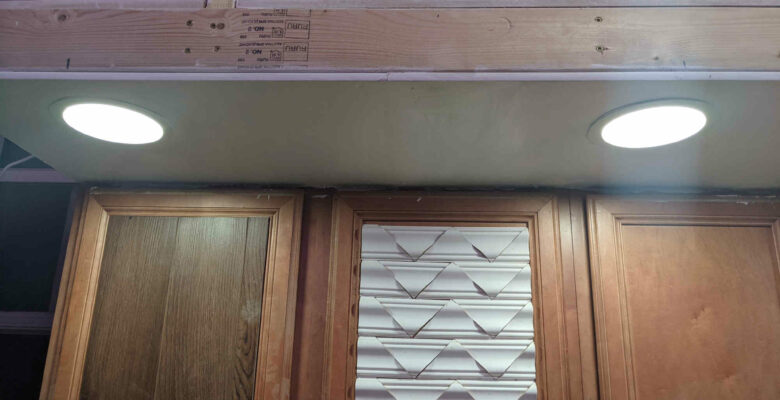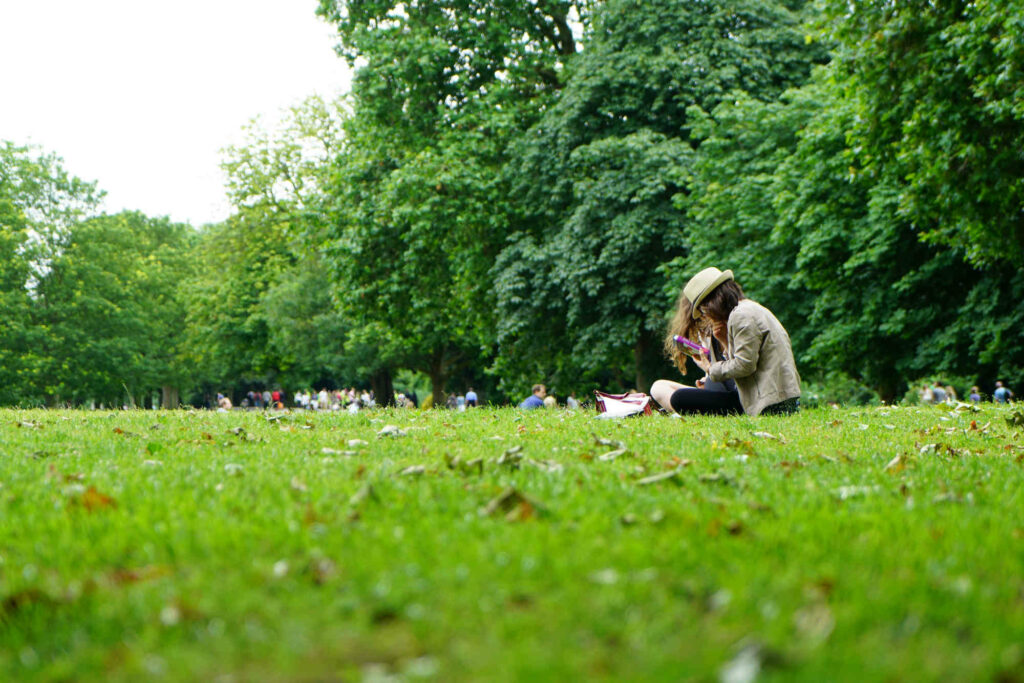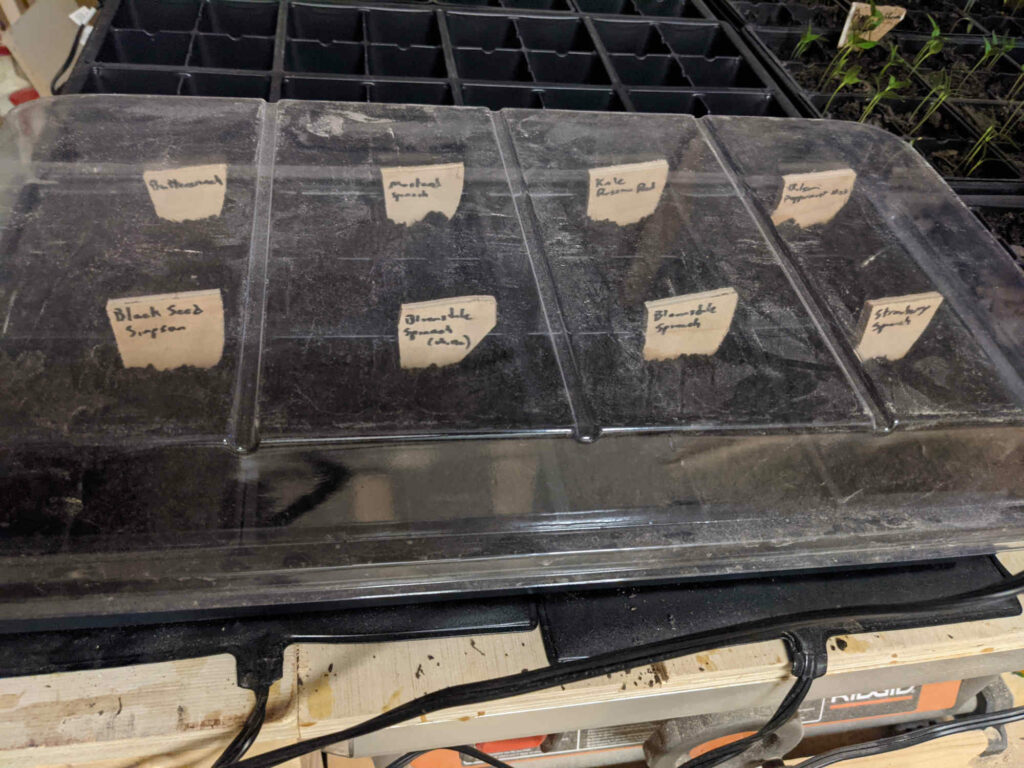We’re going to cover what you need to know about light fixtures.
Floor, Desk, Wall-Mounted, and Ceiling Mounted
Firstly, the biggest consideration is where your light fixture is. Is it free standing on the floor or a table, or is it mounted to the wall or ceiling? This somewhat depends on your aesthetic, but also your space.
Obviously, if you’re replacing a ceiling-mounted light fixture, you are probably going to want to replace it with a ceiling mounted light fixture. You can remove them, and as long as you don’t have any live wires, you can cover up the hole it leaves in your ceiling. However, that’s a pretty rare circumstance.
Floor and desk lamps are some of the more versatile options, but you might have to consider the cord management involved if you are placing those.
Hard-Wired Light Fixtures
Most ceiling and wall mounted light fixtures are hardwired. This means the wires are in the walls and connected your your electrical system. Alternatively, you could have plugged in or battery operated fixtures.
If you’re going to install a hardwired light fixture, you should consider hiring an electrician if you feel even slightly uncomfortable about handling it yourself.
Type of Lightbulb
Next, you must choose your type of lightbulb. Your primary choices are incandescent, LED, and fluorescent. There are pros and cons to all of these types, but ultimately the choice is aesthetic.
Beyond type, you also need to pick what color temperature you want.
Track Lighting
Not all light fixtures contain just one lightbulb in a fixed position. Some have several lights spread out as you please on a track. There’s virtually no limit to the number of lights you can have or the design of the track itself.
Recessed Lighting
In kitchens, rec rooms, and workshops, you often find recessed lighting where the cannisters and bulbs are sunken into the ceiling instead of protruding from it. These have the added advantage of not taking up any head space. However, there’s nothing particularly decorative about recessed lighting.
If you have lower ceilings, like in a basement, these can be a great solution. However, please do not pair them with a ceiling fan. I’ve actually seen this migraine-inducing nightmare, and I want to warn everyone against it. If the lights shine through the fan, you get a strobe effect, which is not great.
Tape Lights
Tape lights can be nice, but I’ve also seen some very terrible uses. They’re the thin strings of LEDs on a ribbon with a sticky backing. Typically, you can cut them to length along designated areas.
Tape lights excel as hidden ambient lighting. For example, I have tape lights in closets behind the door frame. The light then reflects off the walls and gives me nice lighting from all angles instead of one light above. The above lighting tends to create shadows in ways that make it harder to see what you’re looking for.
Additionally, tape lights are convenient for under cabinet lighting, behind your TV, and the underside of other furniture. You can also diffuse it by putting a fogged cover over top of the light strip. That helps spread the light out more.
Whatever you do, please stop putting them around the upper corner of your room without any sort of cover or barrier. This is a weirdly popular trend right now for lighting your whole room different colors, but it is not a good way to light a room.
Dimmers
Finally, most lights now can be attached to a dimmer. With a dimmer switch, you get to choose how bright you want a light fixture to be. Because some lightbulbs actually cannot be dimmed, you should double check before you install certain CFL or LED bulbs on a dimmer switch.
As with anything electric, if you don’t know what you’re doing, ask an electrician. Wiring something wrong can cause harm to you, your property, or others.







Leave a Reply